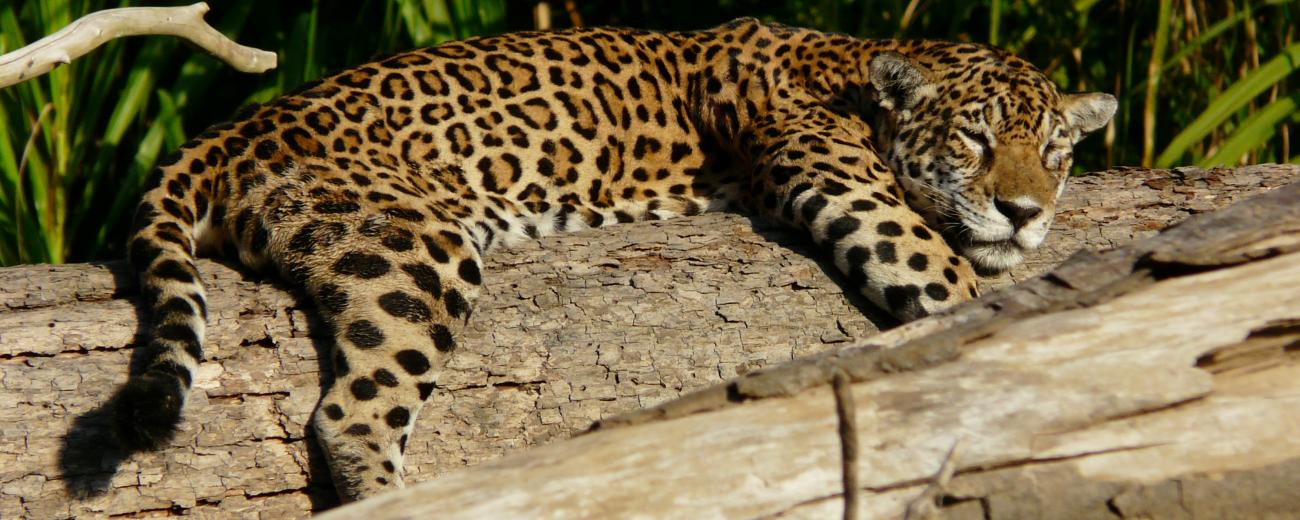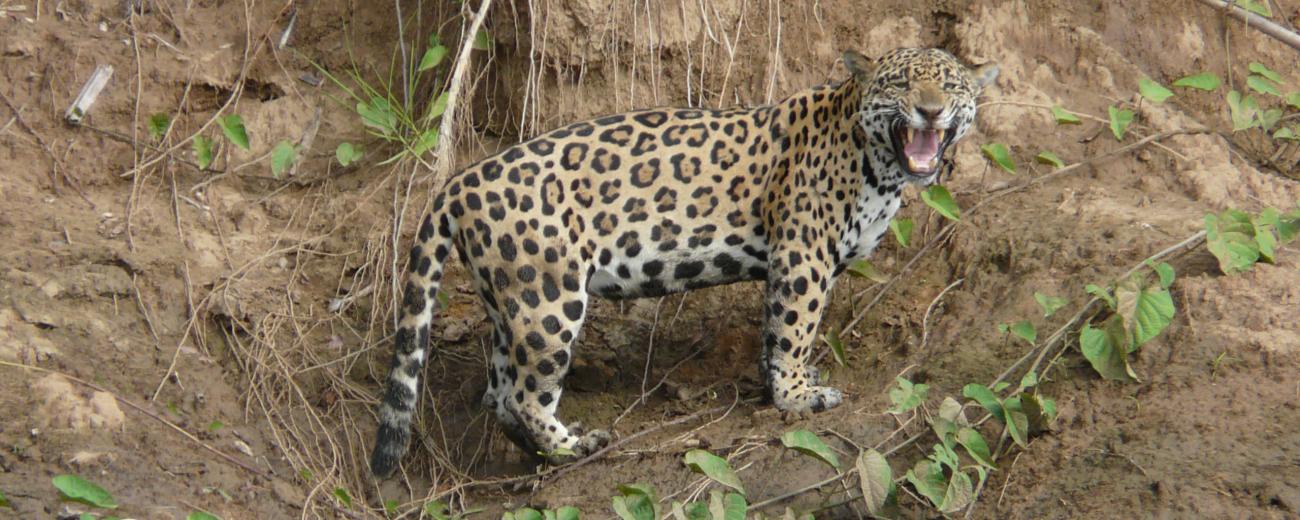Manu National Park was established in 1973 and in recognition of its uniqueness was designated a ''World Heritage Site” ten years later. Manu is internationally acclaimed as one of the most biodiversity areas on earth.
Approximately half the area of Switzerland, the Manu Biosphere Reserve is a complete ecosystem with protected watershed embracing Andean montage cloud forest, tropical lowland forest and the Alto Madre de Dios and Manu river drainage systems. The biosphere itself is subdivided into national park and two adjacent zones; one for tourism and the other for cultural subsistence. It is home to over 1000 species of birds, 15,000 species of plants, over 200 species of mammals, and untold numbers of insects. Within its heart of the jungle remain indigenous peoples as yet untouched by our civilization.
There is a wave of cool air that sweeps the high part of the Andes and the Manu Amazon reserve park; it comes from the south of the Atlantic Ocean, entering from Río de la Plata (between Argentina and Uruguay). This cool wind enters into Peru via the Titicaca region, that is close to the border of Bolivia. In the high region of the Andes, this cool breeze creates intense snowfall, and in the Amazon jungle, it produces a cool temperature during May, June and July. This wave of cool air brings many positives for tourists, allowing them to see many species of wild animals that might normally hide away due to the intense heat. It brings some incredible and beautiful species to the shore of the Manu River, and during boat tours our passengers will get to see species such as Jaguars, Caimans, and migratory birds. Our chances of wildlife seeing such magnificent species is maximized in these months.
Here, we show you the different occasions and by percentage when we spot Jaguars:
- Jaguars Lying down on the beaches 50 %
- Jaguars Stretched on logs 30 %
- Jaguars on hunt 10 %
- Jaguars looking from the hide 6 %
- Jaguars swimming across rivers 4 %
Manu National Park is one of the best places in the whole Amazon Region for seen the Jaguars
The jaguar is the principle predator of the Amazon jungle and is at the top of the food chain. The biggest threat that jaguars face is from humans destroying their habitat. It is difficult to estimate the amount of jaguars living in all jungle, but from our experience we have seen many jaguars in Manu National Park and by the Madre de Dios River where you can find them relaxing on the river banks basking in the sun. The best month to see these beautiful cats are May, June and July; once we got to see five jaguars on a tour of seven days. Jaguars prey on mammals such as the tapir, iguanas, peccaries, deers, capybaras and many other types of animals. They also eat small rodents, fish and occasionally insects. They are both nocturnal and day animals and their territory covers a huge amount of territory. They can be dangerous to humans they come to attack cattle farms, but dangerous situations with these cats are rare. They measure between 1.12m and 1.85 m and Leigh between 45 and 160 kg females are on average 20% smaller than the males. The Jaguar, like most cats is a solitary animal forages and dwells on land, although they are able to climb trees. They mark their territory with urine and with markings scratched onto trees, the same way that most cats do.
They have a large variety of vocalizations, they can roar, growl and also purr depending on their mood and how they feel.
We recommend the following tours to Manu Biosphere Reserve and especially in the Jaguar´s Season during May, June and July:



